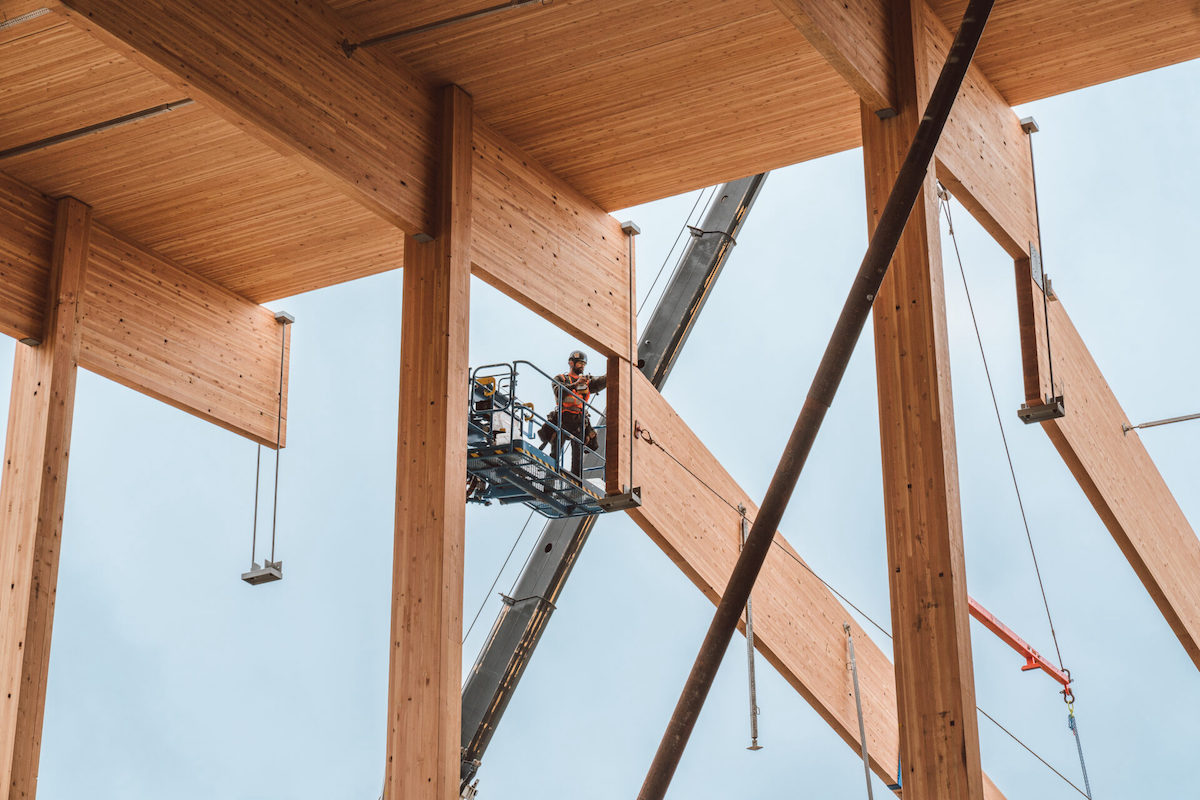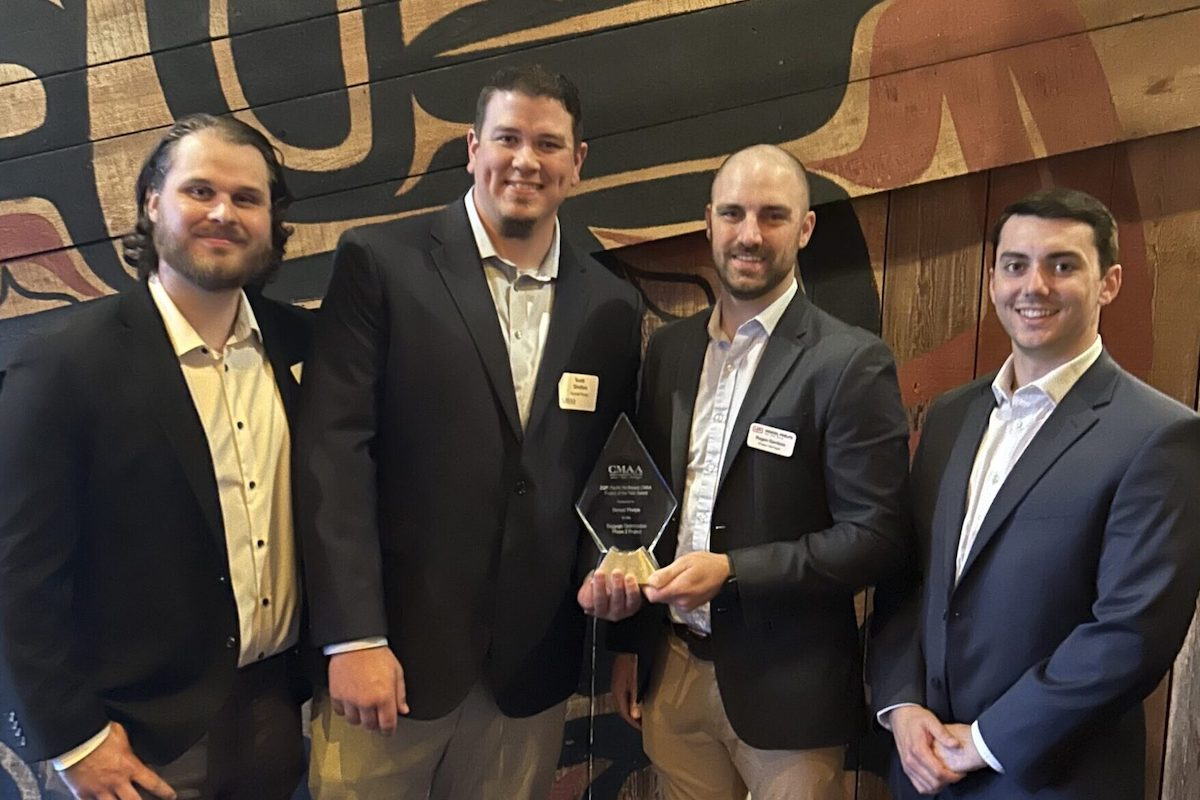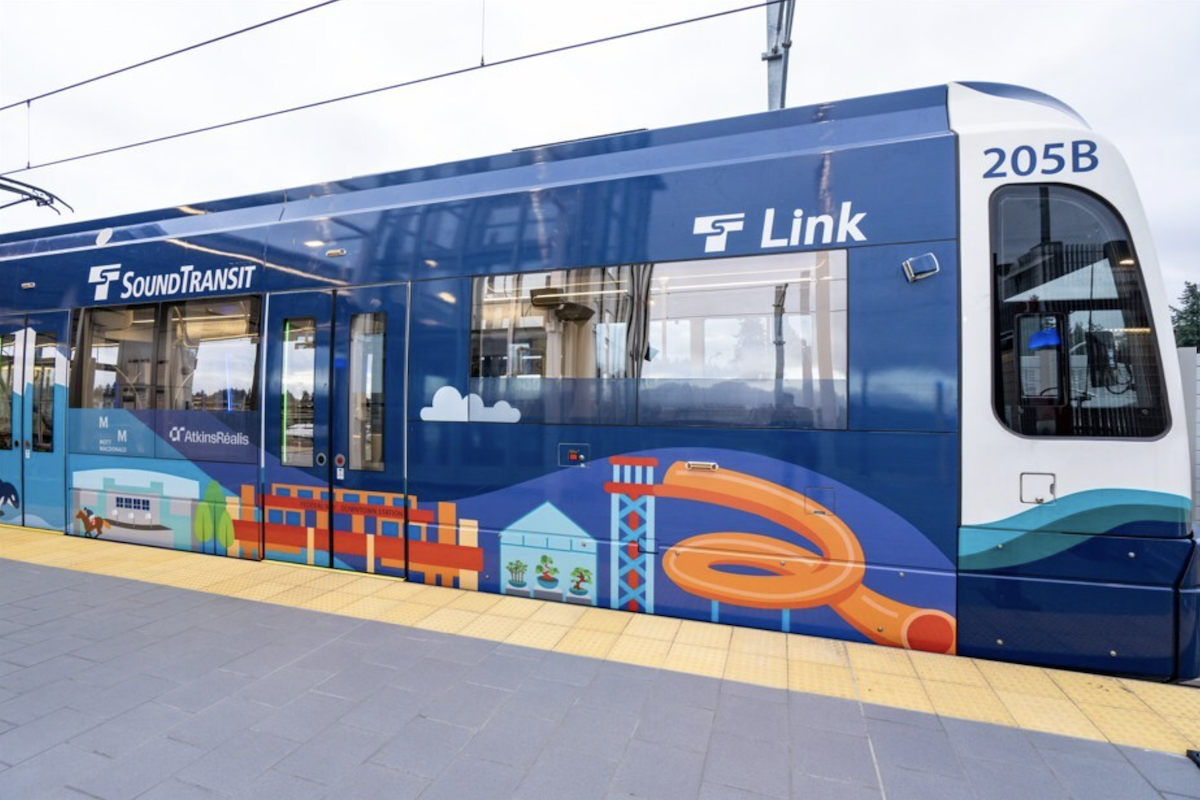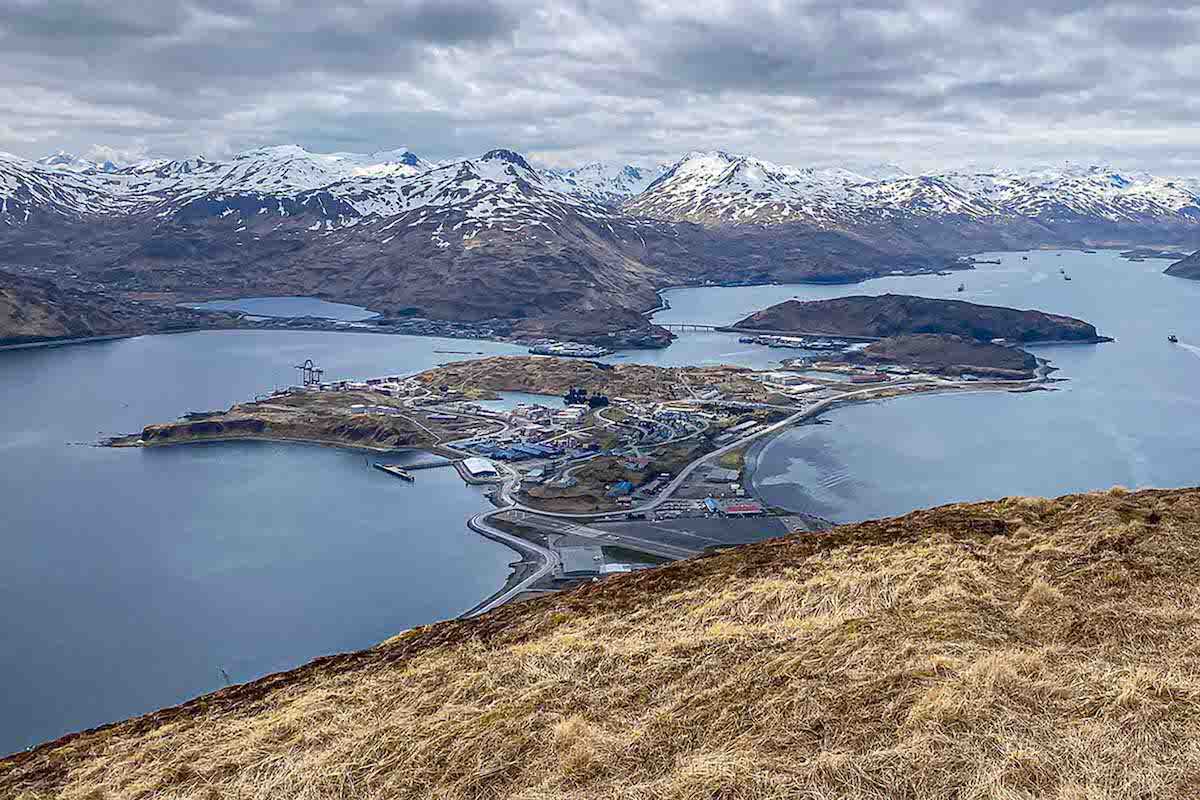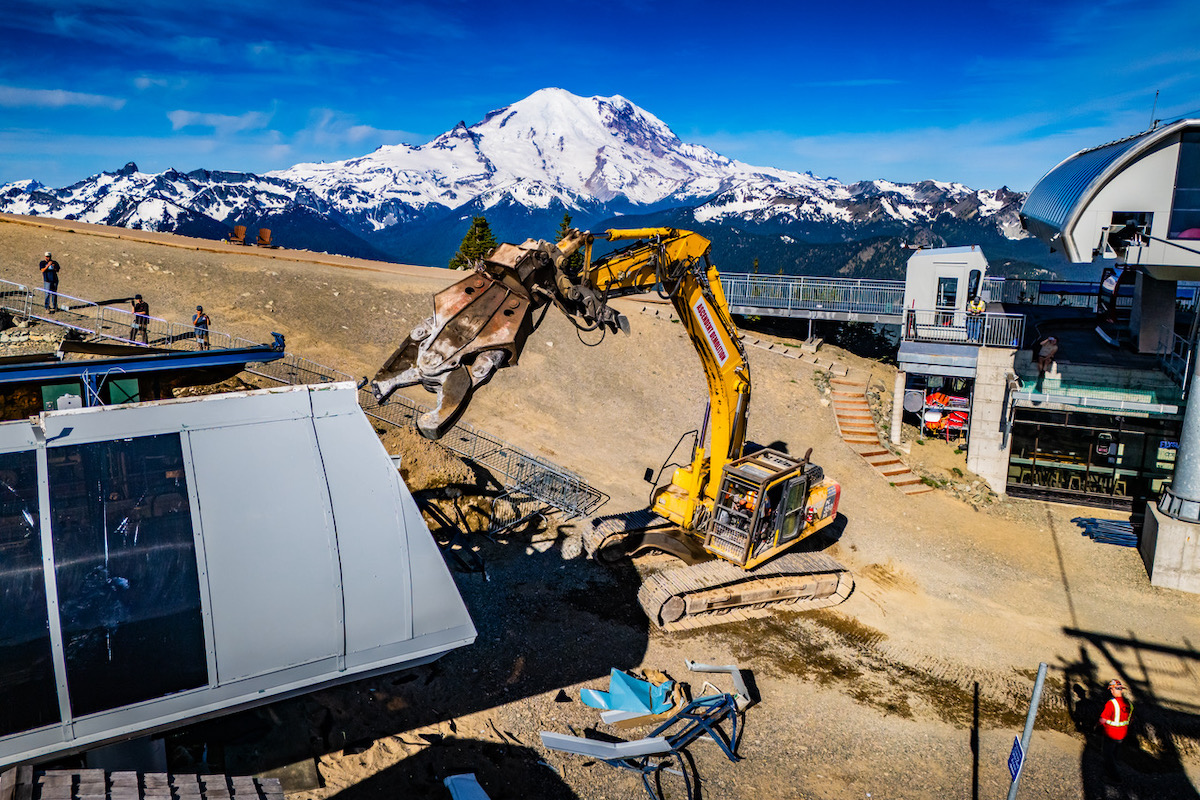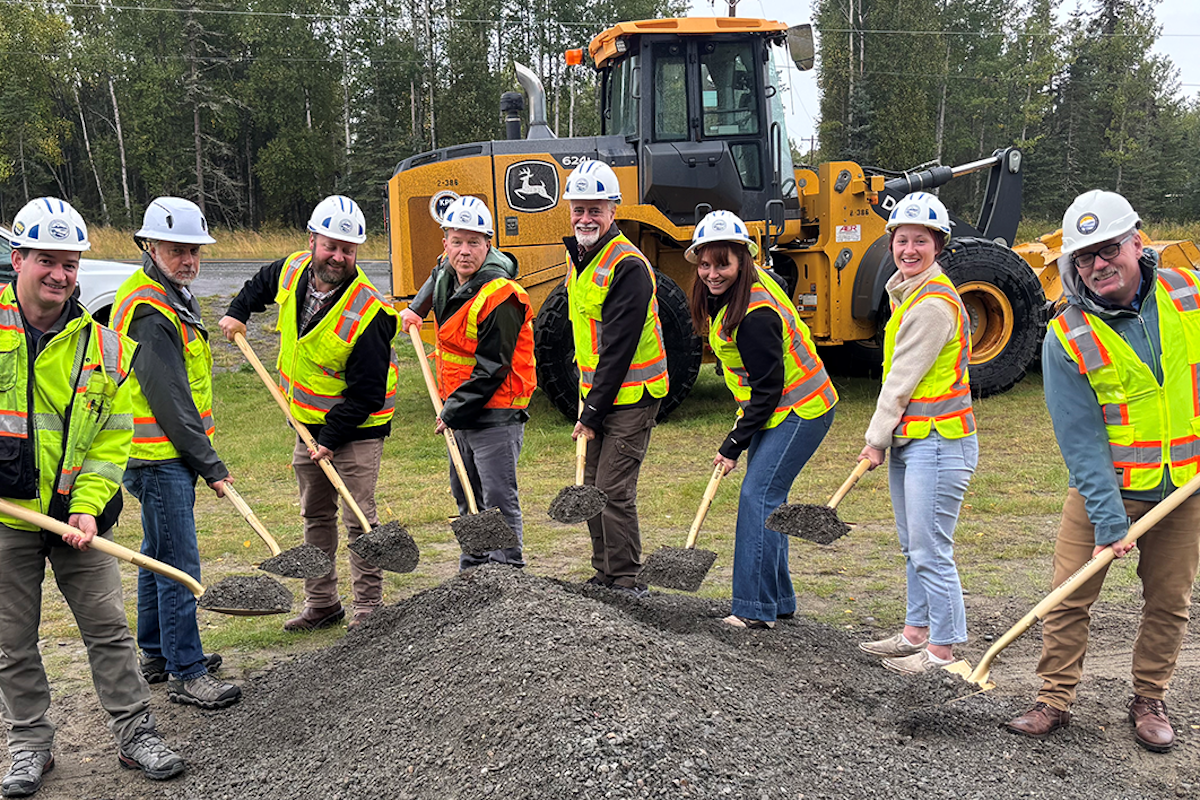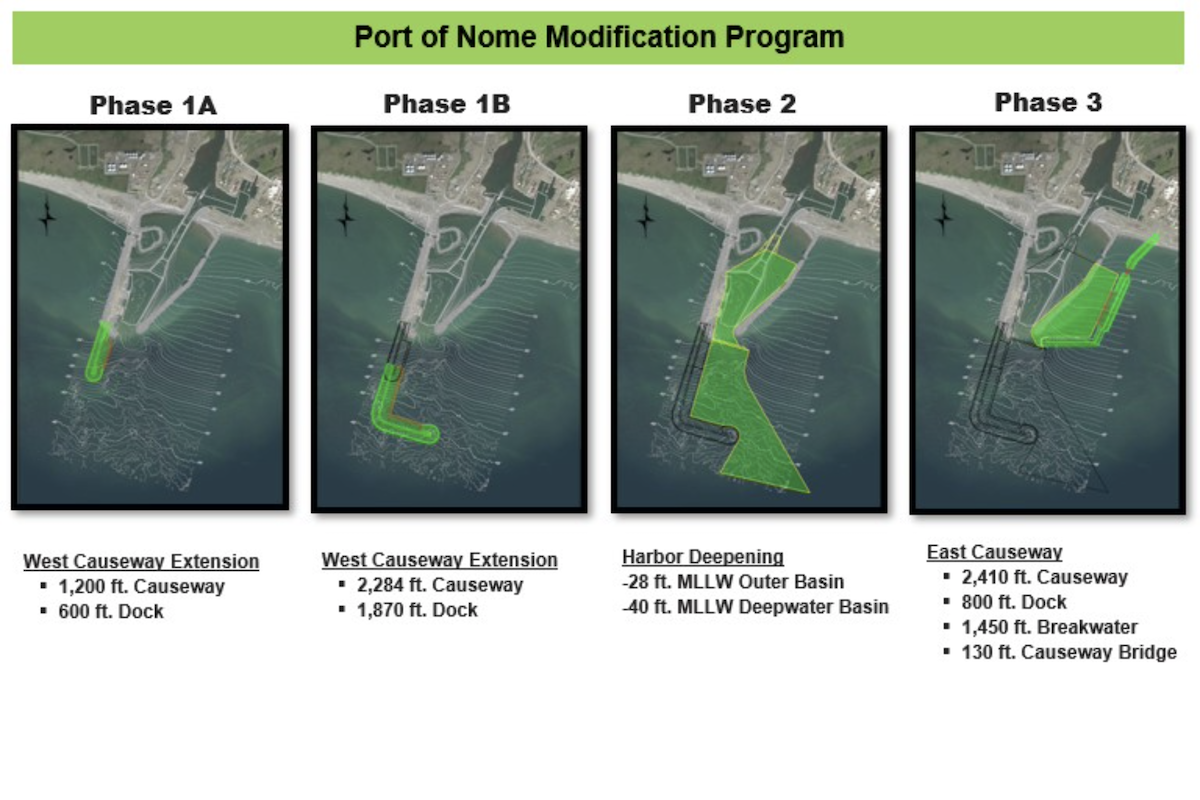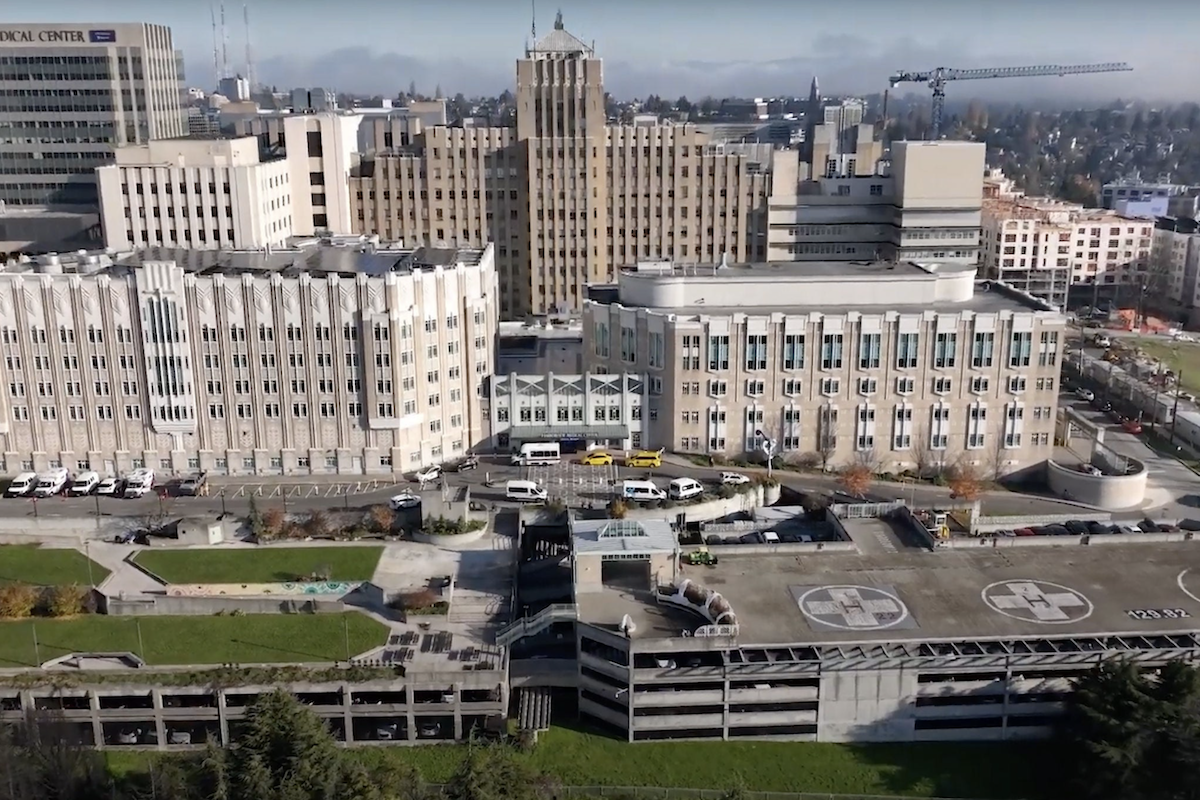The current U.S. 82 – which will become U.S. 182 – has tight lanes, traffic signals, and poor site lines.
Traffic travels through city roads and intersects with side roads. “Trucks that are going and coming from the port can’t get around city of Greenville without going on downtown roads,” says Luke McMahen, a Project Engineer for Michael Baker International, which is representing the state on the project.
On the west end of the project on SR 1, U.S. 82 has an average daily traffic count of 17,000 vehicles and 16,000 vehicles on the east side. McMahen says approximately 35 percent is truck traffic, but it doubles between August and October, which is harvest season.
There’s also an economic component to the project. The new flyover bridge and frontage roads are expected to encourage development opportunities in the area as people want to get closer to the new roadway.

| Your local Trimble Construction Division dealer |
|---|
| SITECH Northwest |
Growth has already increased since construction began, as McMahen notes several new restaurants have opened.
Finally, there’s a safety component to this project. MDOT’s Central District Commissioner Willie Simmons told the local Clarion Ledger newspaper, “Completion of this bypass not only promotes regional economic development by sustaining and creating jobs, but also keeps our roads safer in and around Greenville. This is significant for the entire Delta. We’ll be able to pull all of that current traffic, including hazardous chemicals being hauled through residential areas…and put them on the bypass."
McMahen notes that three side roads that intersect with the new alignment will have bridges over U.S. 82 and three additional bridges will carry U.S. 82 over two sides roads and a major drainage canal.
Eutaw Construction Company, which is located in Mississippi, won the bid to serve as the general contractor. “This project is an earthwork moving project and Eutaw is known for earthwork,” says McMahen. “They have the experience, expertise, and workforce to get a project of this done.”
One element that has greatly helped this project is the pit Eutaw has at the far east end of the project. This has limited the time it takes to haul the earthwork off-site. “It limits impact on the roads and minimizes the damage around the project,” McMahen says.
The pit location has also dictated the direction of the project. Eutaw started working at the east end and is working their way west. Once they complete a section of the bypass, they move further west. When moving earthworks on the next section of the bypass, they use the completed sections to haul the earthworks.
Eutaw is using pans on big tractors to haul the earthworks. McMahen estimates the contractor has used 60 to 75 tractor-trailers daily and made 570 loads per day.
The project is currently on budget. “There have been no unforeseen existing conditions,” McMahen says. “MDOT engineers deserve credit. Their soil profiles and other elements were correct, which has contributed to this project progressing as planned.”
This long-awaited project broke ground in March 2022 and is expected to be complete in September 2025. The project is currently on schedule.
“Eutaw developed a phenomenal game plan – couldn’t script it better,” McMahen said. ”Due to how they’ve attacked it, we should finish this finish this project on time or even ahead of schedule.”
There is one potential fly in the ointment, according to McMahen. The mighty Mississippi River has not been so lately. It’s historically low, which has made shipping material difficult. “Barges have to travel at half capacity, which drives up prices and time.”
The Greenville Bypass will make a meaningful difference regarding safety, economic development, and traffic flow. The local public is ready and excited to get the trucks off the public roads and out of town.
- 2,600,000 cubic yards of borrowed excavation
- 56,000 cubic yards of unclassified excavation
- 125,000 tons of granular material
- 226,900 tons of crushed stone base
- 612,965 square yards of soil stabilization
- 186,800 tons of asphalt
- 9 box culverts
- 7 box bridges
- 9 bridges
- 130,500 cubic yards of filter material for storm drain/underdrain.



















